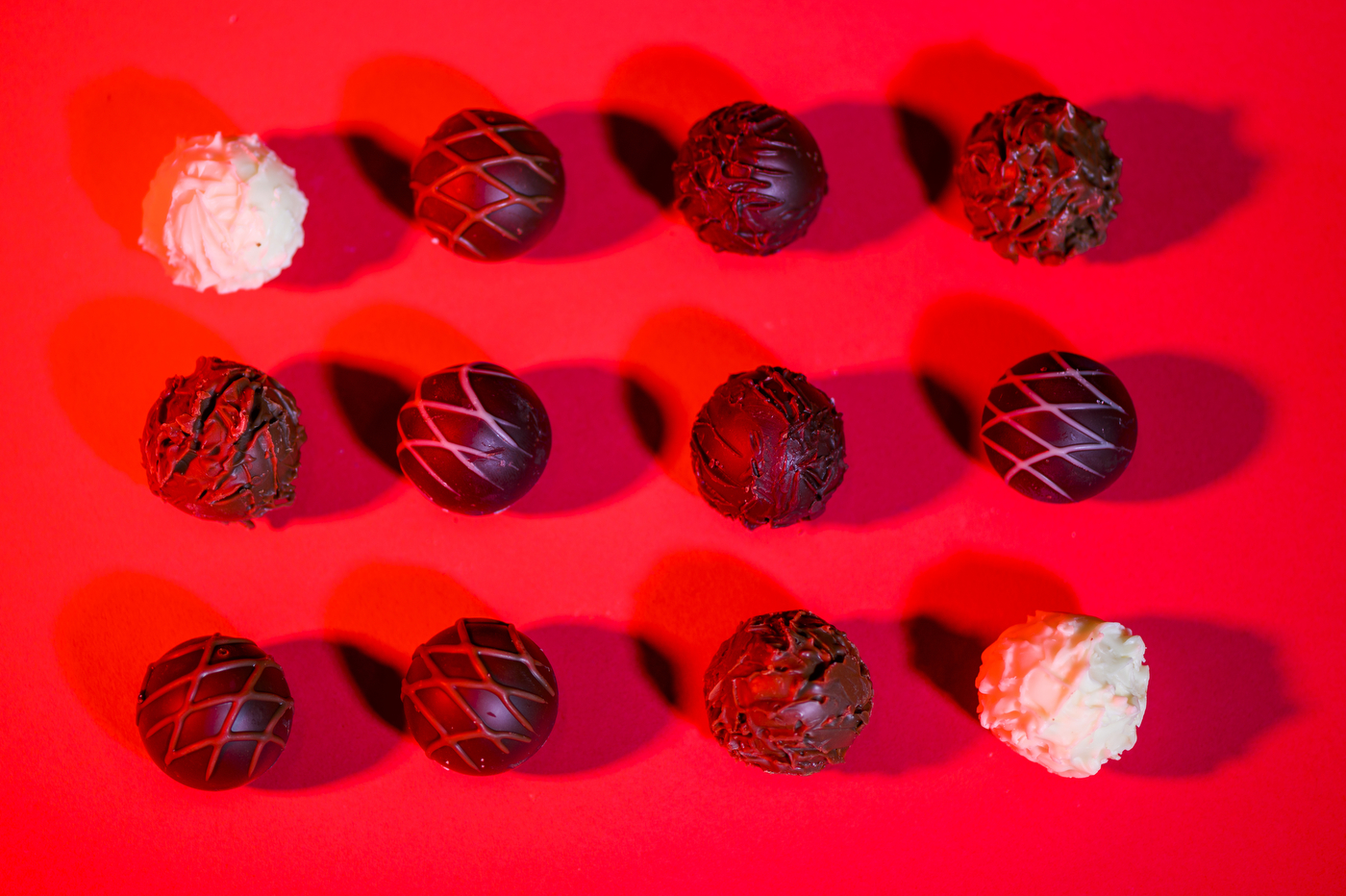Why it’s OK to give your sweetheart a year-old box of Valentine’s Day chocolate

It turns out that chocolate can outlast love.
Unopened, solid dark chocolate has a shelf life of two years, while unopened solid milk chocolate can last one year, says Darin Detwiler, Northeastern food safety expert and associate teaching professor.
While that may be longer than many relationships, Detwiler has a caveat.
To make it to its one- and two-year anniversaries, the chocolate must be stored in a cool, dry place.
If the package of candy is opened, cut the shelf life in half to one year for solid dark chocolate and six months for solid milk chocolate, Detwiler says.


Unlike other food items, chocolate has a “best by” instead of a “sell by” date.
One of the reasons it lasts so long is that it “doesn’t contain any water, which is what bacteria needs to grow and thrive,” according to Hotel Chocolat, a London-based seller and producer of premium chocolate.
Increased moisture is the reason milk chocolate has half the shelf life of dark chocolate, Detwiler says. “The milk increases the moisture percentage, and moisture makes food more susceptible to bacteria and microorganisms,” he says.
So go ahead and give your new sweetie the Valentine’s Day chocolate you bought just before your breakup last year.
But just make sure the chocolate—like your love—is solid.
Added ingredients such as nougats, cherries and nuts reduce the shelf life, Detwiler says.
“Last year, the Coblentz Chocolate Company in Ohio carried out a massive recall of butter chocolate candies with peanut butter in them, due to salmonella that was tied directly to contaminated Jif peanut butter,” Detwiler says.
“The CDC and FDA inspected and issued a lengthy warning letter to the makers of Jif—a J.M. Smucker Co.—as having been the source of a multi-state outbreak of salmonella,” he says.
If you are tempted to refrigerate your solid chocolate, the Lake Champlain Chocolates company advises you to think twice.
Refrigerated chocolate can pick up the odors of surrounding foods and develop a “sugar bloom,” which doesn’t affect flavor but gives it a dusty look, the chocolate company says on its website.
It is best to store chocolate in a cool, dry location in an airtight container away from light, which can lead to the development of bad flavors, according to Lake Champlain Chocolates.
If high temperatures threaten to melt the chocolate in the pantry and refrigeration is a must, wrap it tightly and seal in an airtight container, the company says. If freezing, refrigerate first for 24 hours to avoid “temperature shock” before moving the chocolate to the freezer.
As with any other food item, “if in doubt, throw it out,” Detwiler says.
“Any bad or odd odor, taste or appearance should be an indication not to eat any food, including chocolate,” he says.
“Of course, most people don’t save chocolate for long periods of time,” Detwiler says. “Why would they?”
Cynthia McCormick Hibbert is a Northeastern Global News reporter. Email her at c.hibbert@northeastern.edu or contact her on Twitter @HibbertCynthia.





